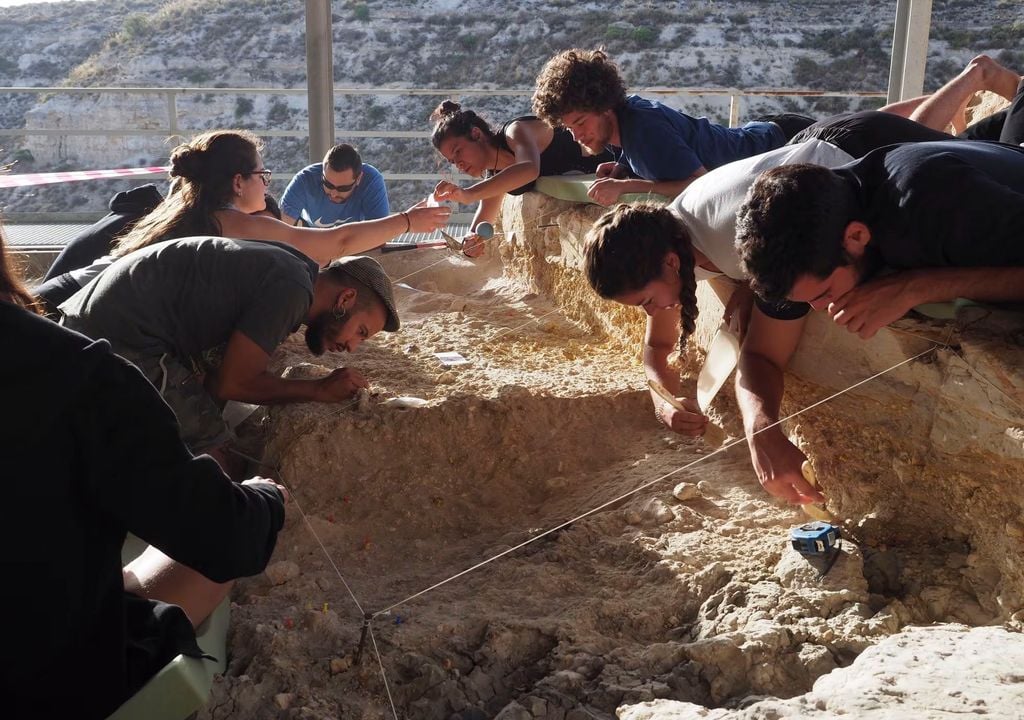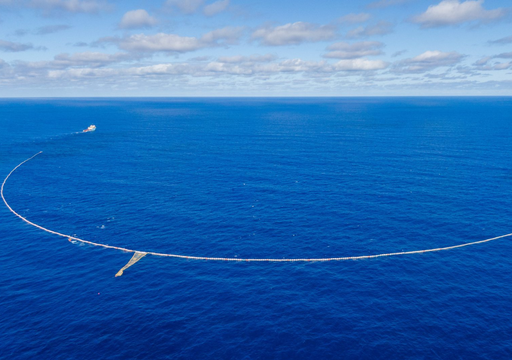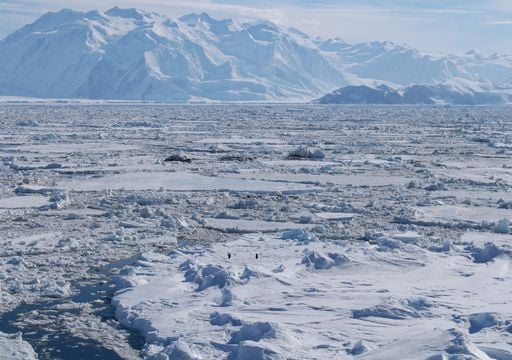How Did Our Ancestors Eat? A Recent Discovery in Granada Questions This
The bones found at the Orce site have spoken, and provide new knowledge about the relationship of hominids with other animal species and even the order of preference for feeding on the same prey.

In the history of human evolution, unknowns still remain to be revealed, such as the relationship that our ancestors had with the rest of the animal species with which they lived.
Now, a study developed by an international team of scientists from the ORCE Project, led by the universities of Granada, Complutense deMadrid and Salamanca, has concluded that the first inhabitants of Europe, 1.4 million years ago, already included meat in their diet.
Specifically, turtles, hippos, mammoths or rhinos, among other species. Researchers have reached this conclusion after the study of the cutting marks on the surface of bones found in the Barranco León site, in Orce (Granada).

But the most revealing thing is that in order to get hold of the most nutritious parts of these animals, our prehistoric ancestors had to compete with other predators, such as giant hyenas, saber-toothed tigers, and Xenocyon licaonoides, Canis mosbachensis and Vulpes alopecoides, which are, respectively, the ancestors of current lycaons, wolves and foxes.
The freshwater lake in Orce that generated the game of life and death.
At the dawn of European humanity, food was scarce for carnivorous or omnivorous species (such as homo erectus). But, in what is now known as the Orcense hamlet of Venta Micena, the superficial currents from the rain and the contribution of hot springs gave rise to an endorheic lake on which a true ecosystem settled.
️#GEO3BCNnews
— GEO3BCN - CSIC (@GEO3BCN_CSIC) December 20, 2021
El yacimiento de Venta Micena en Orce (Granada) se formó en un lago de agua dulce de escasa Profundidad, según un estudio multidisciplinar en el que ha participado Geociencias Barcelona - CSIC
Más información en https://t.co/jn3nje89sk pic.twitter.com/ETVDZtmBZR
On the shore of that lake, the great mammals came to drink: mammoths, hippos, rhinos, deer or buffaloes. And it was there where the most fearsome predators attacked them or waited for their natural death to feed on their bodies.The remains they left are those that currently allow the study of the geological, paleontological and archaeological evolution of the area.
Artificial Intelligence to identify bites
Artificial intelligence techniques have been decisive in identifying which species of extinct carnivores bit the bones of the fossils of the prey found in the site. Each bite mark left a different imprint that has been recognized.
In order to carry out the correct identification of these signs on fossil bones, it has been necessary to develop a complex work of comparison with the marks produced by current species. The study has analyzed 368 marks on 167 bones.
Analizan mediante inteligencia artificial restos de animales de hace 1,5 millones de años en un nuevo yacimiento descubierto en Orce
— Universidad Granada (@CanalUGR) July 20, 2021
️ https://t.co/klBiPTDahJ pic.twitter.com/FEctF8DsA1
The first step has been to identify them. A meticulous task that has been carried out by the specialists in taphonomy. Subsequently, they have been scanned with a high degree of resolution, since the differences are small in size.
Afterwards, the morphological pattern of each of these brands has been analyzed using a very precise technique called three-dimensional geometric morphometry to compare them with 613 bites of current species.
Previously, these had been used as training data through computational learning algorithms (artificial intelligence), so that computers could be instructed in the recognition of the bite marks of the species of the past.
The result has made it possible to identify each of the bites analyzed. The surprising results have been published in the Quaternary Science Review.
Who ate first in the Lower Pleistocene?
According to this study, when the food was shared, the first to eat were the hominids of that time and, after other species, the last to do so was the Canis mosbachensis.
Unlike the current wolf, its predecessor was smaller (it barely weighed 14 kilos).Their morphological characteristics prevented them from killing large animals or confronting other larger species in a dispute over the prey.
Ayer encontramos un fragmento de maxilar de lobo en el nivel TD8 de la Gran Dolina. Un espécimen de Canis mosbachensis, especie que vivió en Europa entre el Pleistoceno inferior y medio #Atapuerca2022 #wolf #DogLover @FATAPUERCA @taphonomy_iphes @WhiteRabbit36 pic.twitter.com/KSra4AQKF9
— F. Marginedas (@Cesc_Marginedas) July 1, 2022
So, as Juan Manuel Jiménez-Arenas, professor of Archaeology at the University of Granada and one of the main researchers of the study, explains, they waited for the rest to finish eating to gnaw the bones in search of meat. And, for that reason, his bite is the most common among those found.
Hominids, on the other hand, more scavengers than hunters at that time, were the first to arrive and the main consumers of the soft tissues of dead animals, which are also the most protein.
The footprint of humans on the bones are the marks left by the instruments they used to fragment them and remove the bone marrow from inside. Useful that were also used to eviscerate, cut and decarnate, something they could not do with their teeth, which were dew.
The remains discarded by the hominids were then exploited by other carnivorous animals, in an order of priority that already anticipated the position of supremacy of man in nature.








